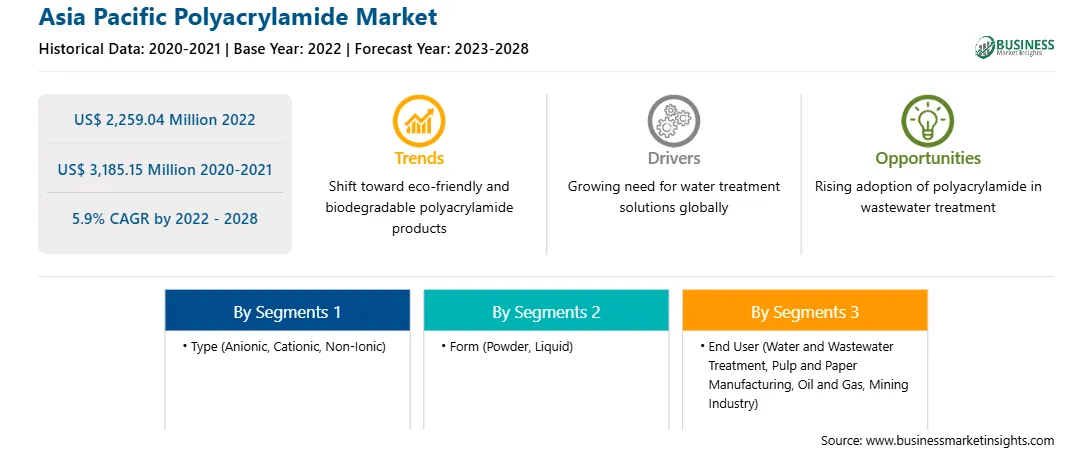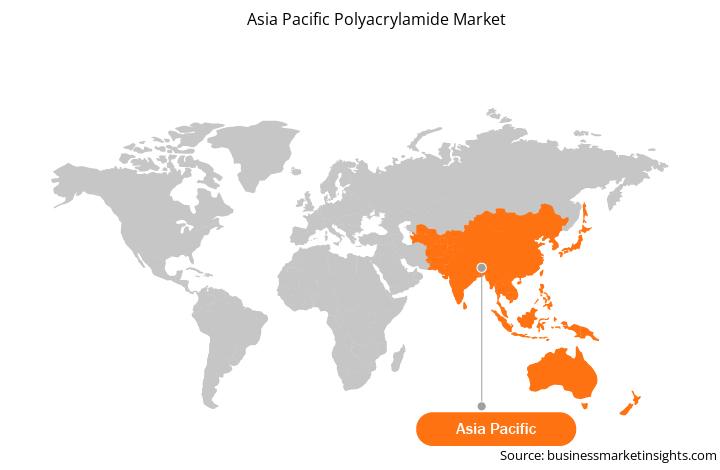Bio-based polymers are made from renewable resources. In recent years, the interest in bio-based polymers has grown significantly due to the desire and need to find non-fossil fuel-based polymers. The environmental concerns and the realization that petroleum resources are finite can result in increased attention toward bio-based polymers. Bio-based polymers help replace existing polymers in various applications and offer new combinations of properties for new applications. Nowadays, bio-based polymers are highly found in numerous applications owing to advancements in biotechnologies and public awareness. The bio-based polymers have emerged as a solution to the problems generated by polymer and plastic technology. Various unique features of bio-based polymers, such as minimal carbon footprint, optimum recyclability, and complete biodegradability, have enabled them to find a significant place in the huge polymer industry. Nova—the international biopolymer expert group has released a new market and trend report, “Bio-based Building Blocks and Polymers – Global Capacities, Production, and Trends 2020–2025”. As per the report, in 2020, the total production volume of bio-based polymers was 4.2 million tons, i.e., 1% of the total production volume of fossil-based polymers. Further, the CAGR is 8%, which is significantly higher than the overall growth of polymers (3–4%), and this is expected to continue until 2025. In 2022, Kemira started full-scale production of its newly developed polyacrylamide polymer based on bio-based feedstock. This newly developed polymer is water-soluble and offers the same technical specifications as its conventional equivalent. The first commercial volumes are shipped for trials to one of the wastewater treatment plants of the Helsinki Region Environmental Services. It shows that market players are focusing on making their product portfolio greener. This helps customers make their processes more sustainable. Hence, the development of bio-based polyacrylamide is expected to offer lucrative opportunities for the polyacrylamide market growth during the forecast period.
Asia Pacific comprises China, India, Japan, Australia, South Korea, and the Rest of APAC. In the polyacrylamide market in the region, Kemira company has added capacity in Asia Pacific to support the growing paper and board industry., Kemira inaugurated top notch dry polyacrylamide products primarily for retention and drainage uses, which are essential in today's quick paper and board manufacturing, which is a great initiative by the company and this might affect the market growth of the product in the region. Also, BASF Company has also successfully ramped up commercial production of its new polyacrylamide powder. The additional 20,000 metric tons of polyacrylamide capacity annually will support Asia Pacific mining customers. As a premier global supplier of environmentally friendly mining operations solutions, BASF developed breakthroughs that boost productivity, recovery, and flexibility throughout the hydrometallurgical process. For ore binders, alumina processing, and tailings management in mining, as well as for enhanced ore recovery and reservoir stimulation in oilfields, polyacrylamide plays a significant role in BASF's innovations. All these developments and factors are driving the market of polyacrylamide in the region.

Strategic insights for the Asia Pacific Polyacrylamide provides data-driven analysis of the industry landscape, including current trends, key players, and regional nuances. These insights offer actionable recommendations, enabling readers to differentiate themselves from competitors by identifying untapped segments or developing unique value propositions. Leveraging data analytics, these insights help industry players anticipate the market shifts, whether investors, manufacturers, or other stakeholders. A future-oriented perspective is essential, helping stakeholders anticipate market shifts and position themselves for long-term success in this dynamic region. Ultimately, effective strategic insights empower readers to make informed decisions that drive profitability and achieve their business objectives within the market.

| Report Attribute | Details |
|---|---|
| Market size in 2022 | US$ 2,259.04 Million |
| Market Size by 2028 | US$ 3,185.15 Million |
| Global CAGR (2022 - 2028) | 5.9% |
| Historical Data | 2020-2021 |
| Forecast period | 2023-2028 |
| Segments Covered |
By Type
|
| Regions and Countries Covered | Asia-Pacific
|
| Market leaders and key company profiles |
The geographic scope of the Asia Pacific Polyacrylamide refers to the specific areas in which a business operates and competes. Understanding local distinctions, such as diverse consumer preferences (e.g., demand for specific plug types or battery backup durations), varying economic conditions, and regulatory environments, is crucial for tailoring strategies to specific markets. Businesses can expand their reach by identifying underserved areas or adapting their offerings to meet local demands. A clear market focus allows for more effective resource allocation, targeted marketing campaigns, and better positioning against local competitors, ultimately driving growth in those targeted areas.

The Asia Pacific polyacrylamide market is segmented into type, form, application and country.
Based on type, the market is segmented into anionic, cationic, and non-ionic. The cationic segment registered the largest market share in 2022. Based on form, the market is bifurcated into on powder and liquid. The liquid segment held a larger market share in 2022. Based on application, the market is categorized into water and wastewater treatment, pulp and paper manufacturing, oil and gas, mining industry, and others. The water and wastewater treatment segment held the largest market share in 2022. Based on country, the market is segmented into Australia, China, India, Japan, South Korea, and Rest of APAC. China dominated the market share in 2022. SNF; Kemira Oyj; BASF SE; Mitsui Chemicals, Inc.; Ashland Global Holdings Inc.; Solenis; Solvay S.A.; Black Rose Industries Ltd.; Anhui Jucheng Fine Chemicals; and Xitao Polymer Co. Ltd. are the leading companies operating in the polyacrylamide market in the region.
The Asia Pacific Polyacrylamide Market is valued at US$ 2,259.04 Million in 2022, it is projected to reach US$ 3,185.15 Million by 2028.
As per our report Asia Pacific Polyacrylamide Market, the market size is valued at US$ 2,259.04 Million in 2022, projecting it to reach US$ 3,185.15 Million by 2028. This translates to a CAGR of approximately 5.9% during the forecast period.
The Asia Pacific Polyacrylamide Market report typically cover these key segments-
The historic period, base year, and forecast period can vary slightly depending on the specific market research report. However, for the Asia Pacific Polyacrylamide Market report:
The Asia Pacific Polyacrylamide Market is populated by several key players, each contributing to its growth and innovation. Some of the major players include:
The Asia Pacific Polyacrylamide Market report is valuable for diverse stakeholders, including:
Essentially, anyone involved in or considering involvement in the Asia Pacific Polyacrylamide Market value chain can benefit from the information contained in a comprehensive market report.